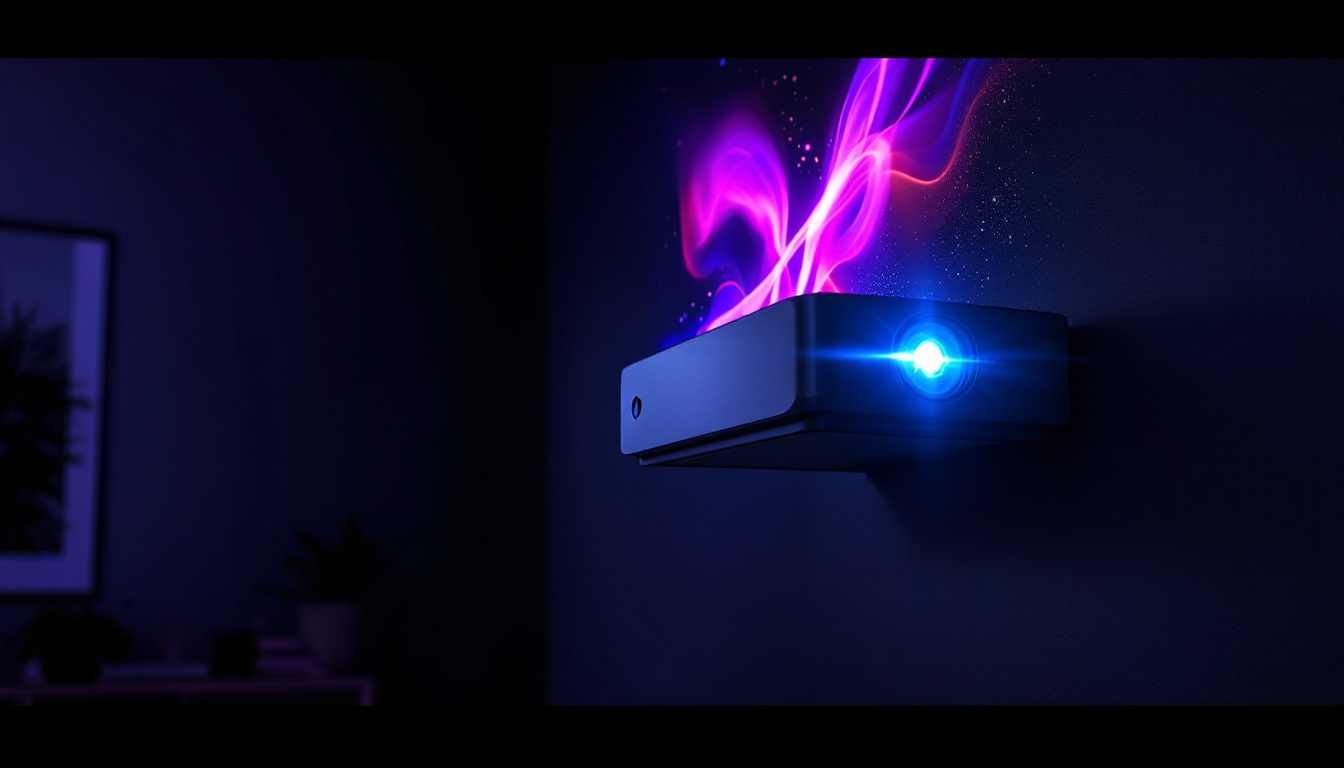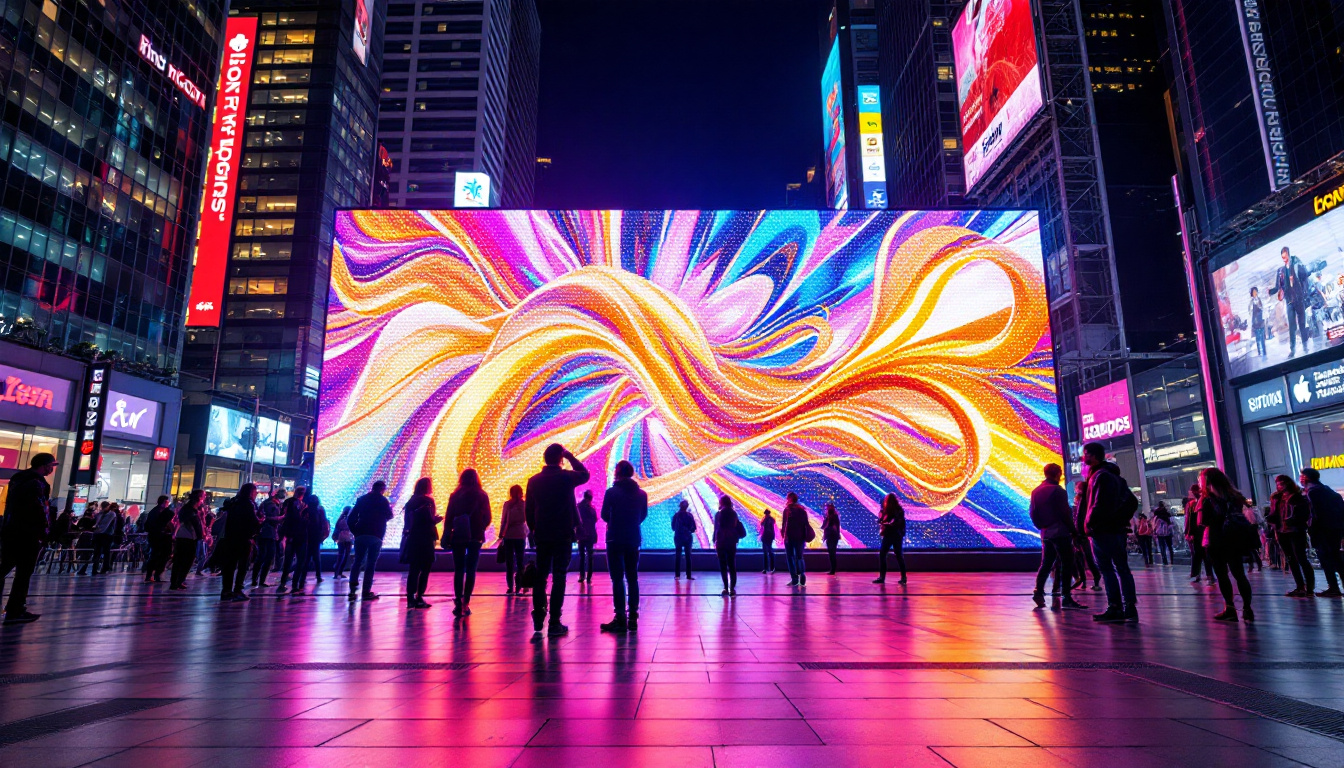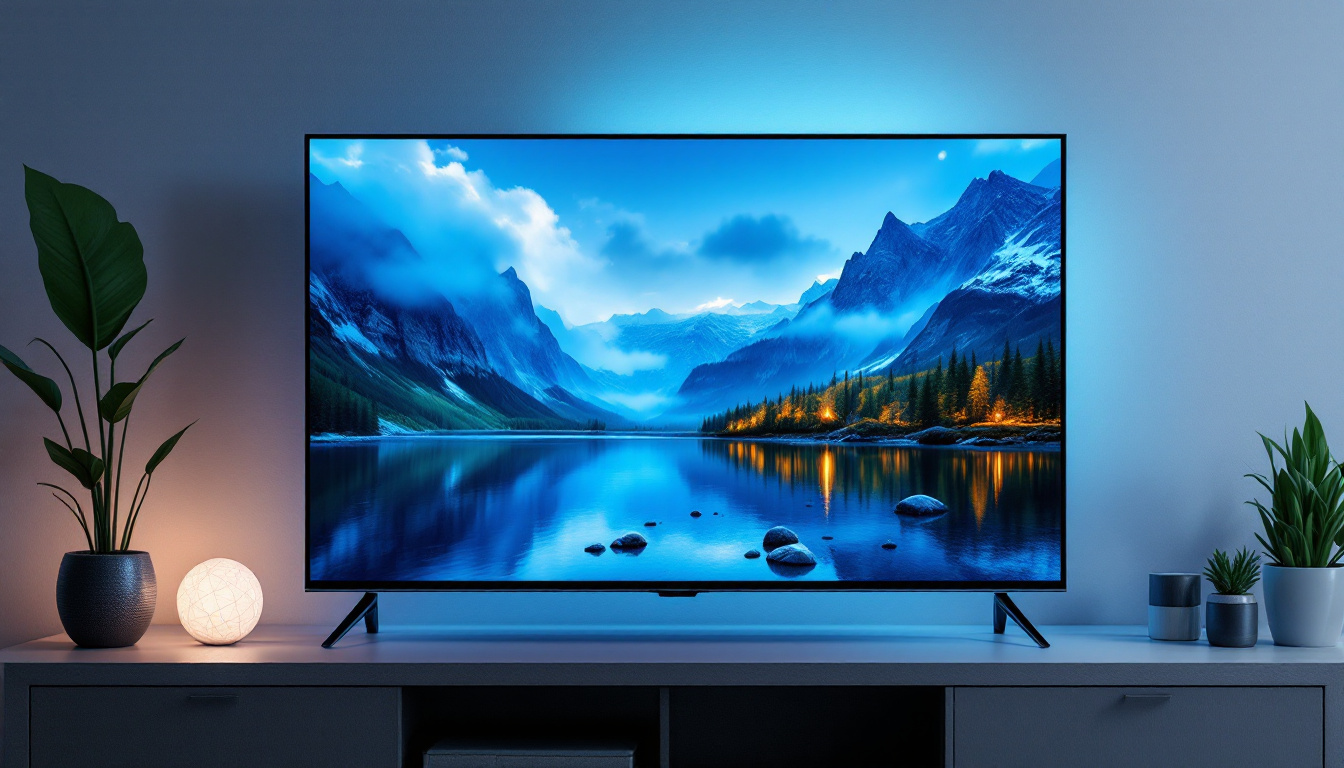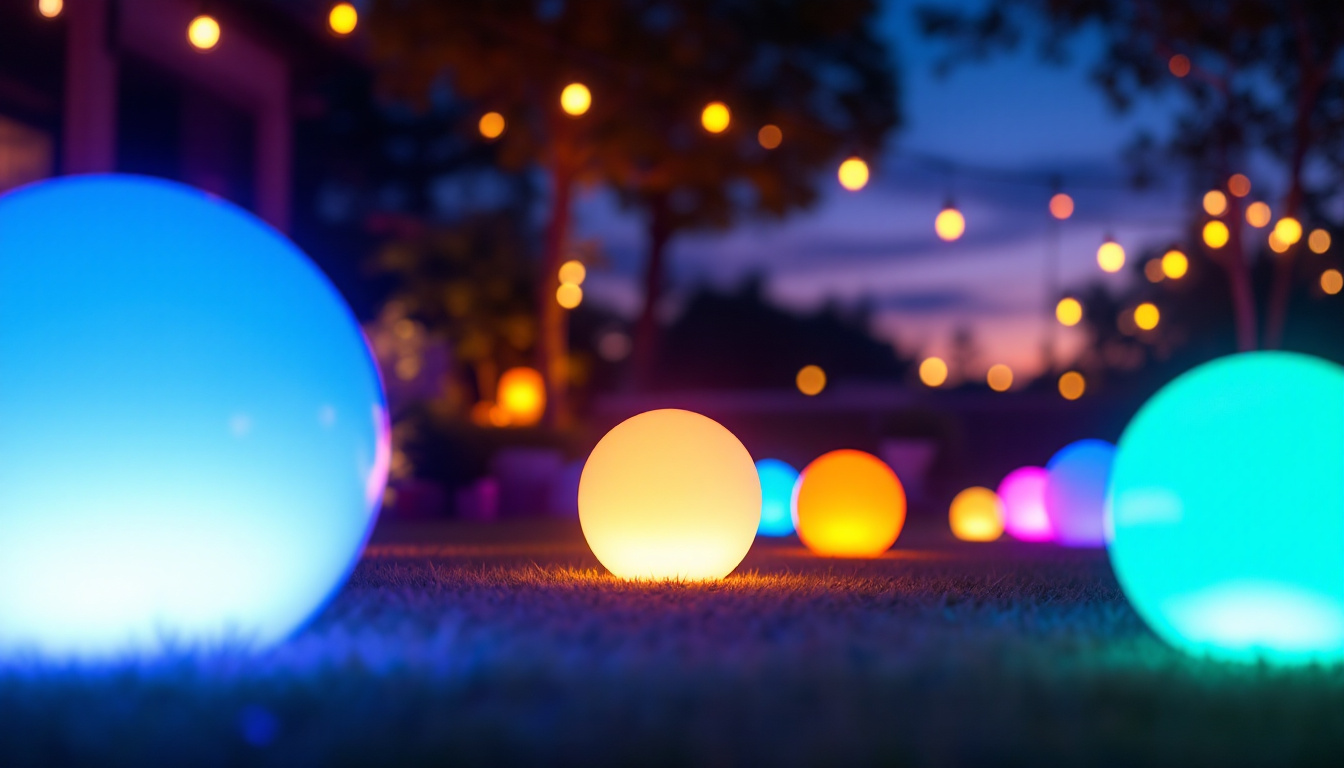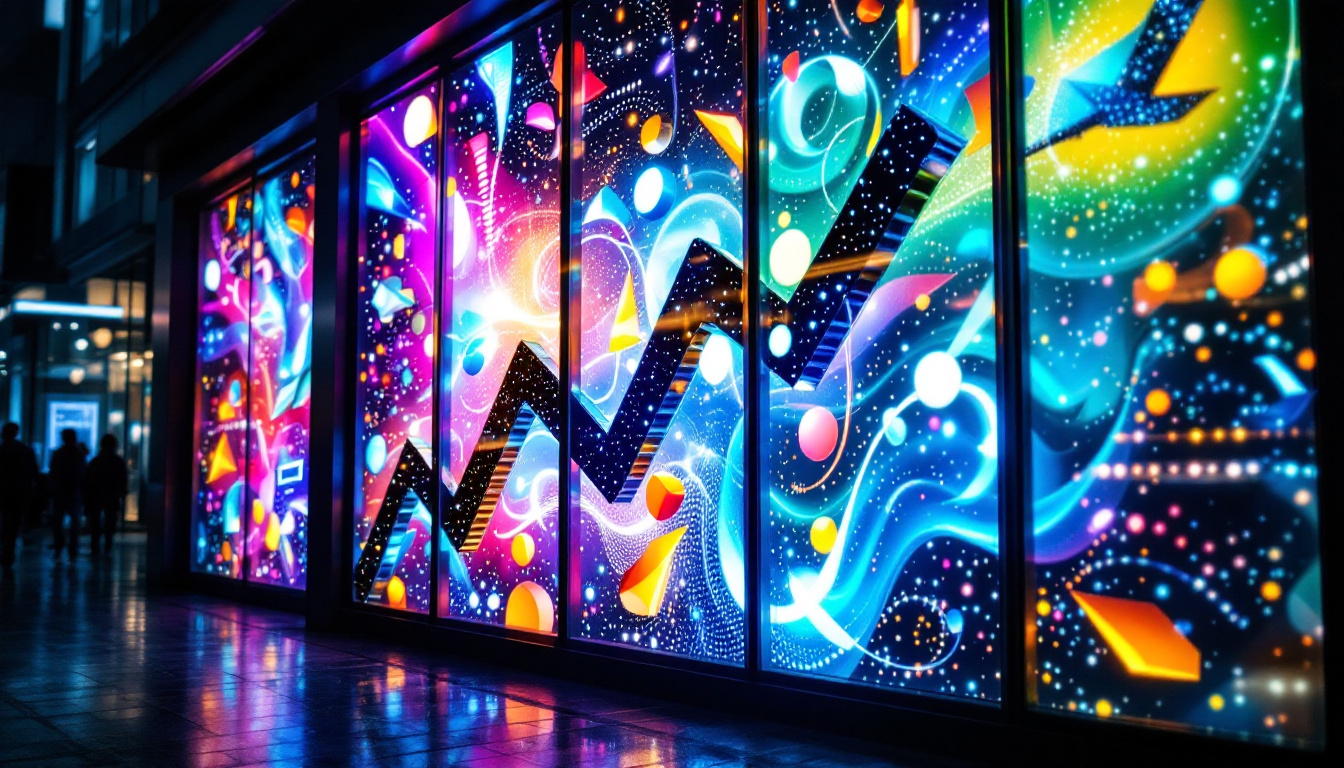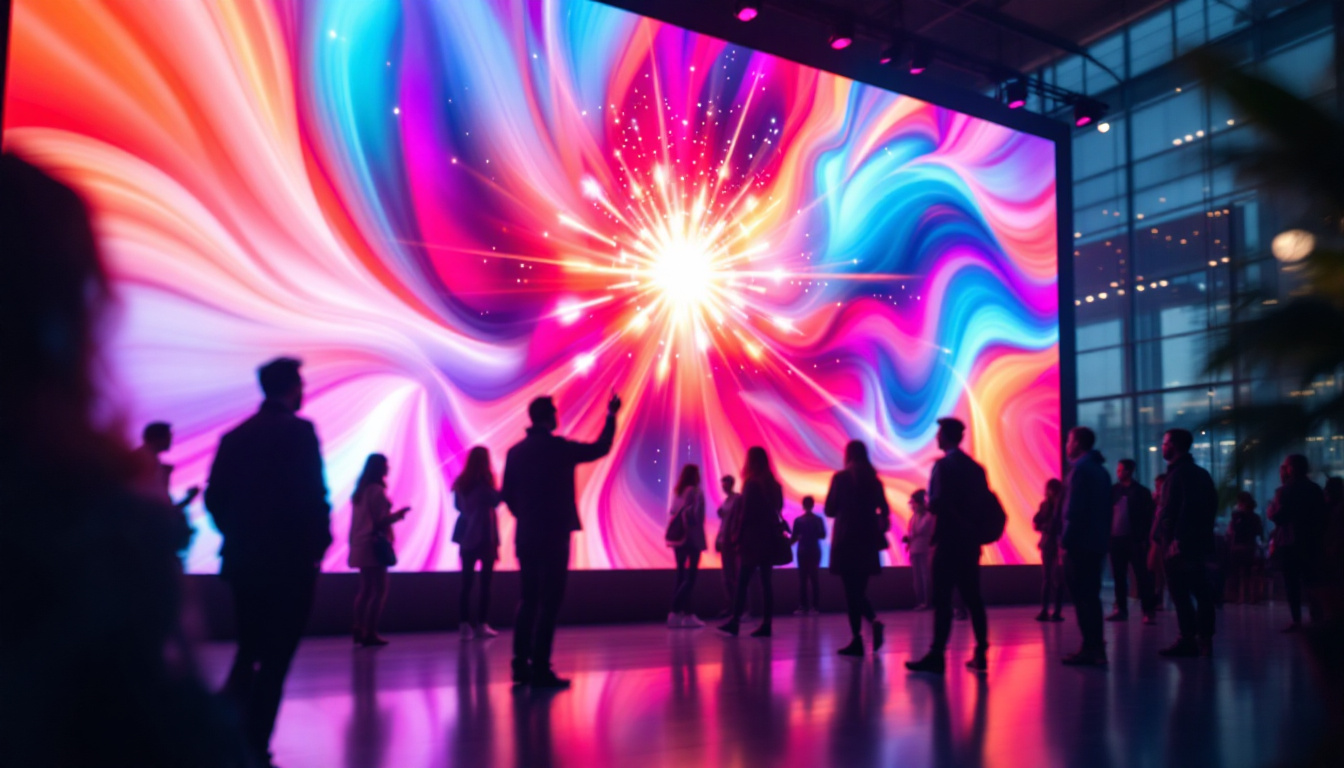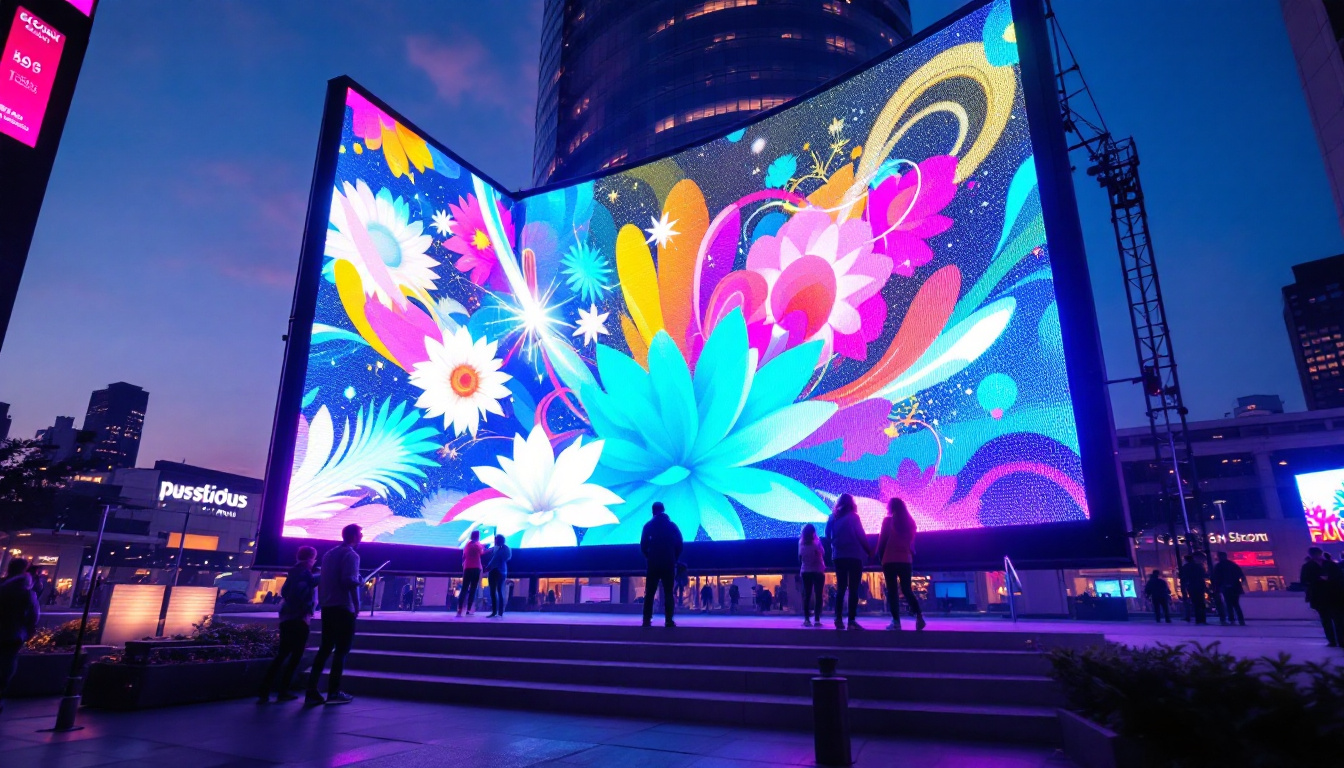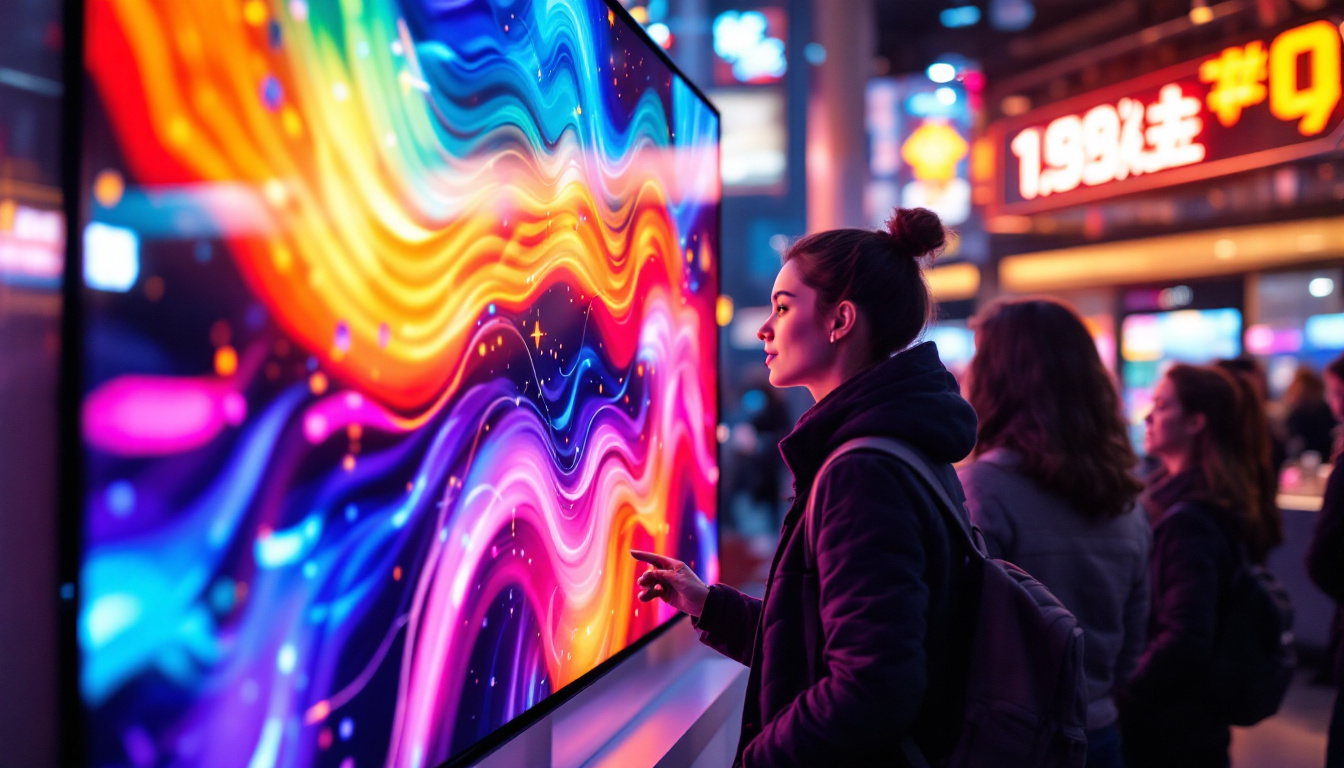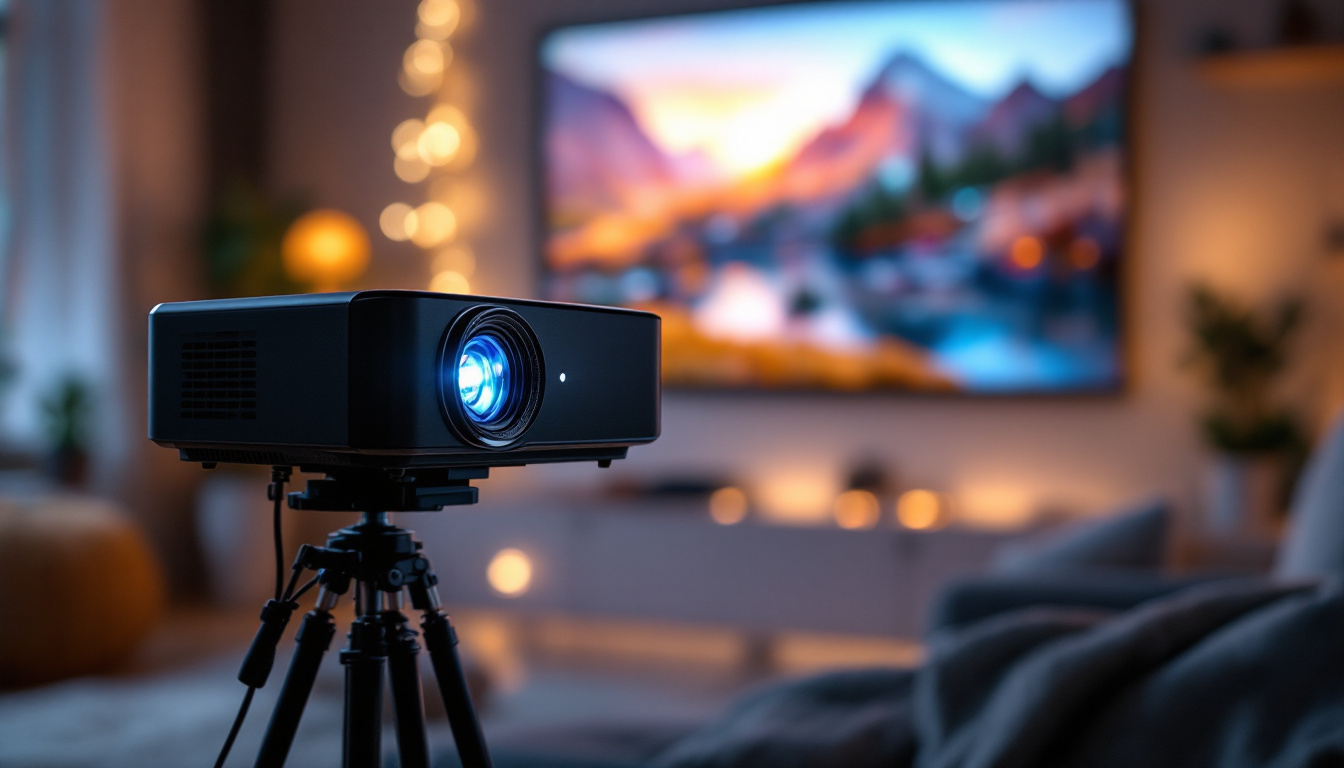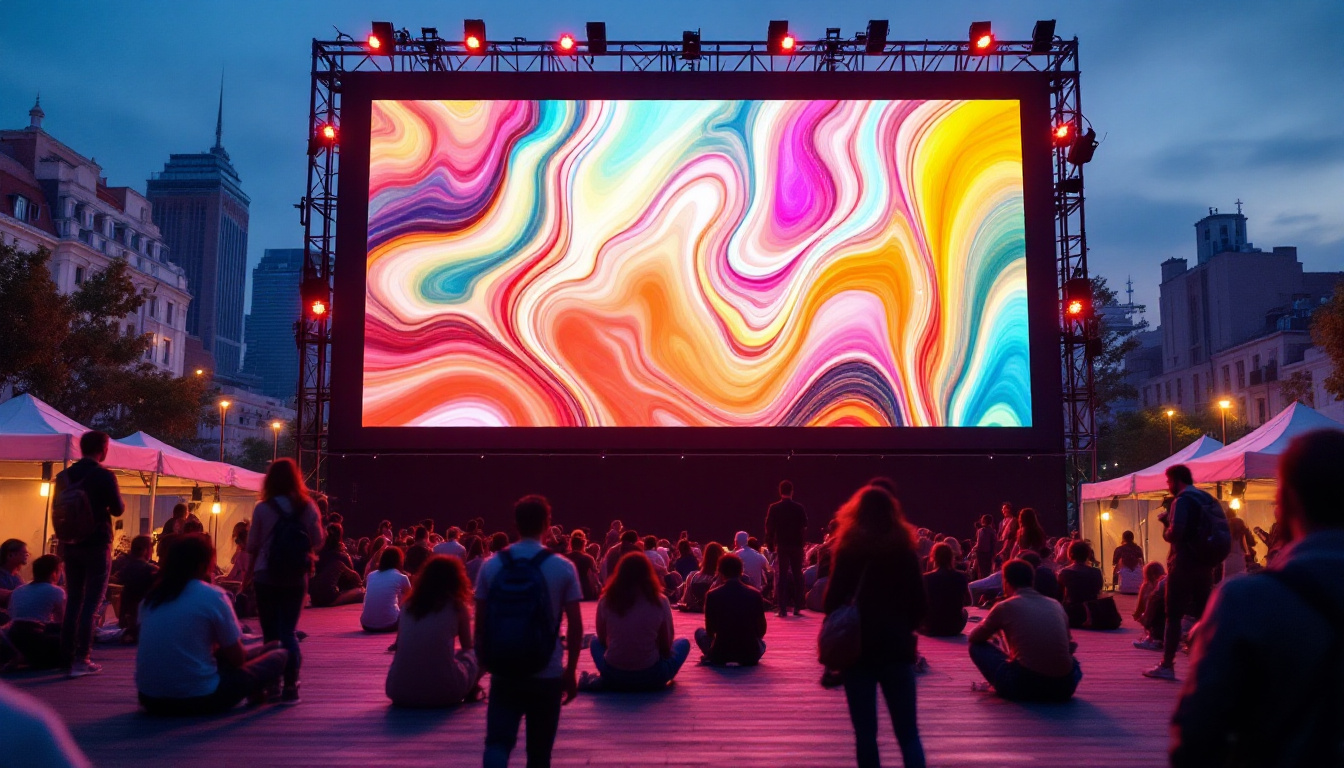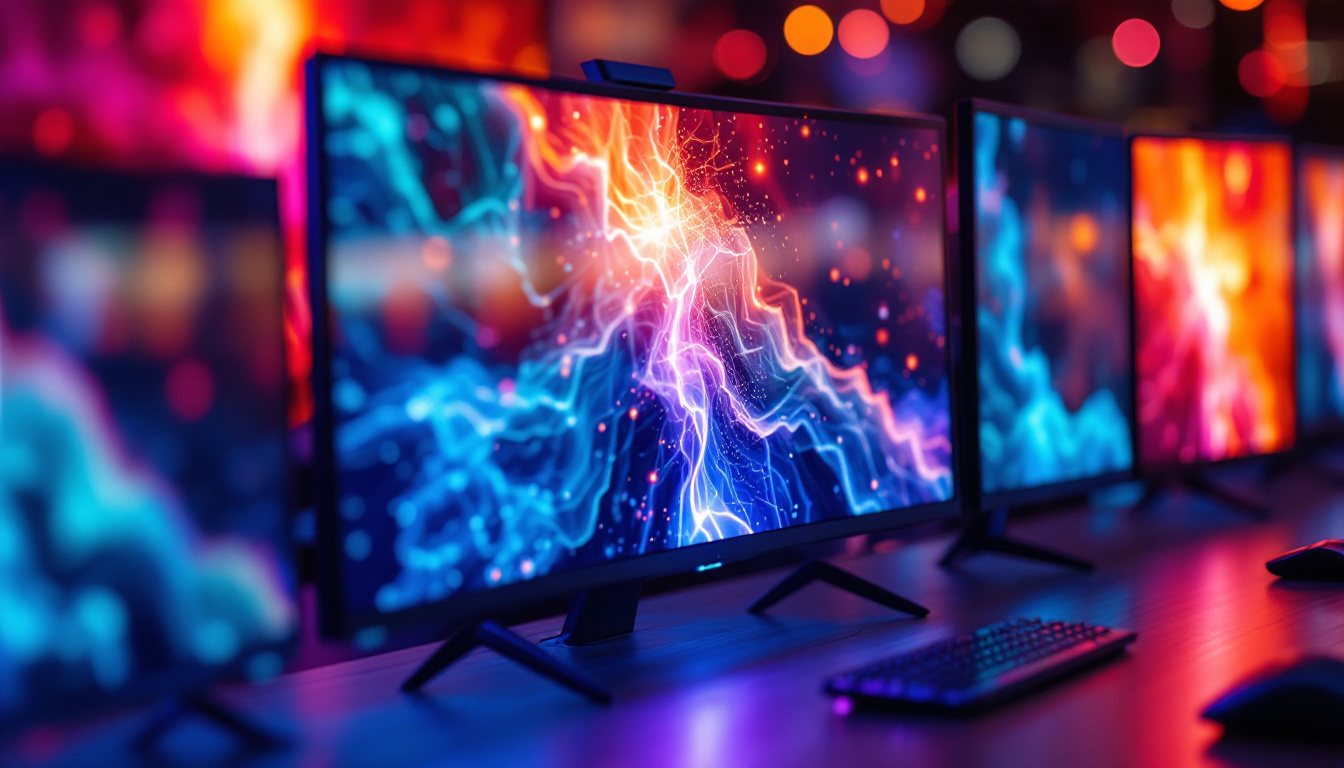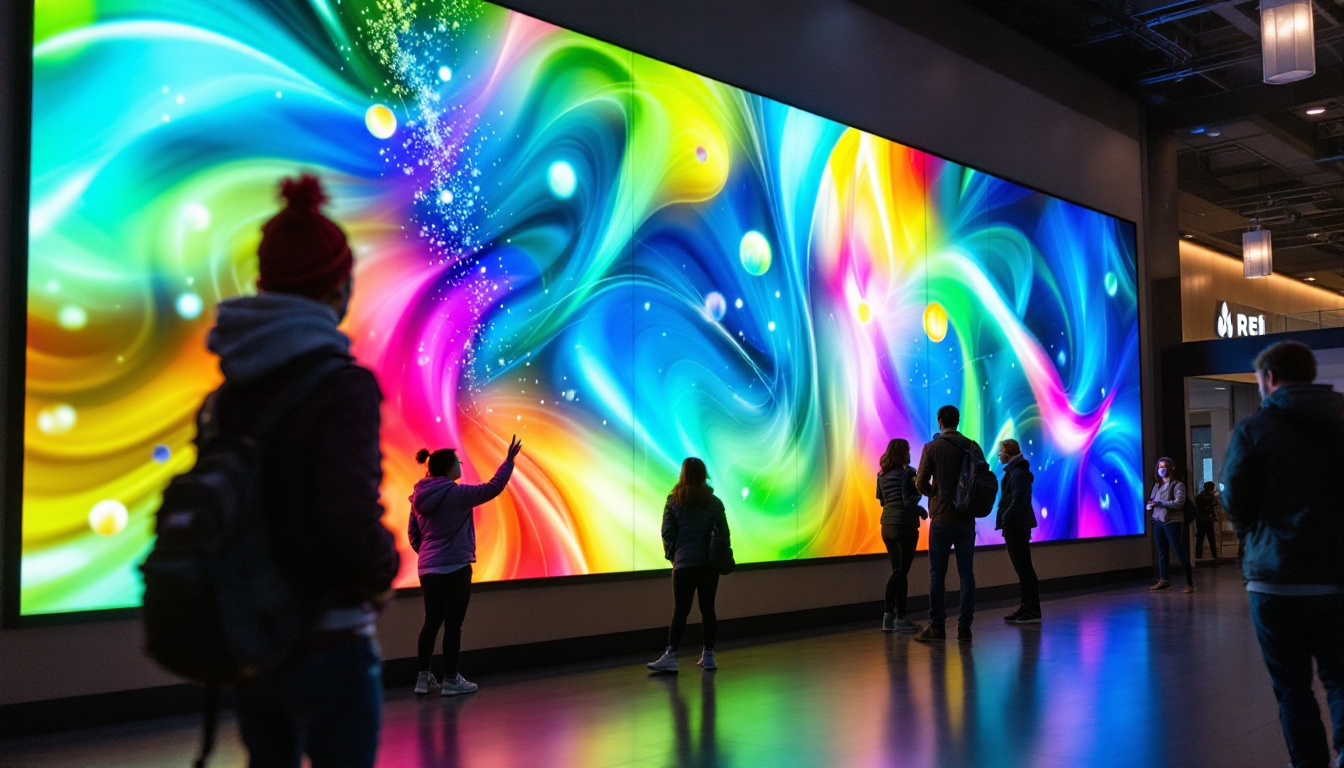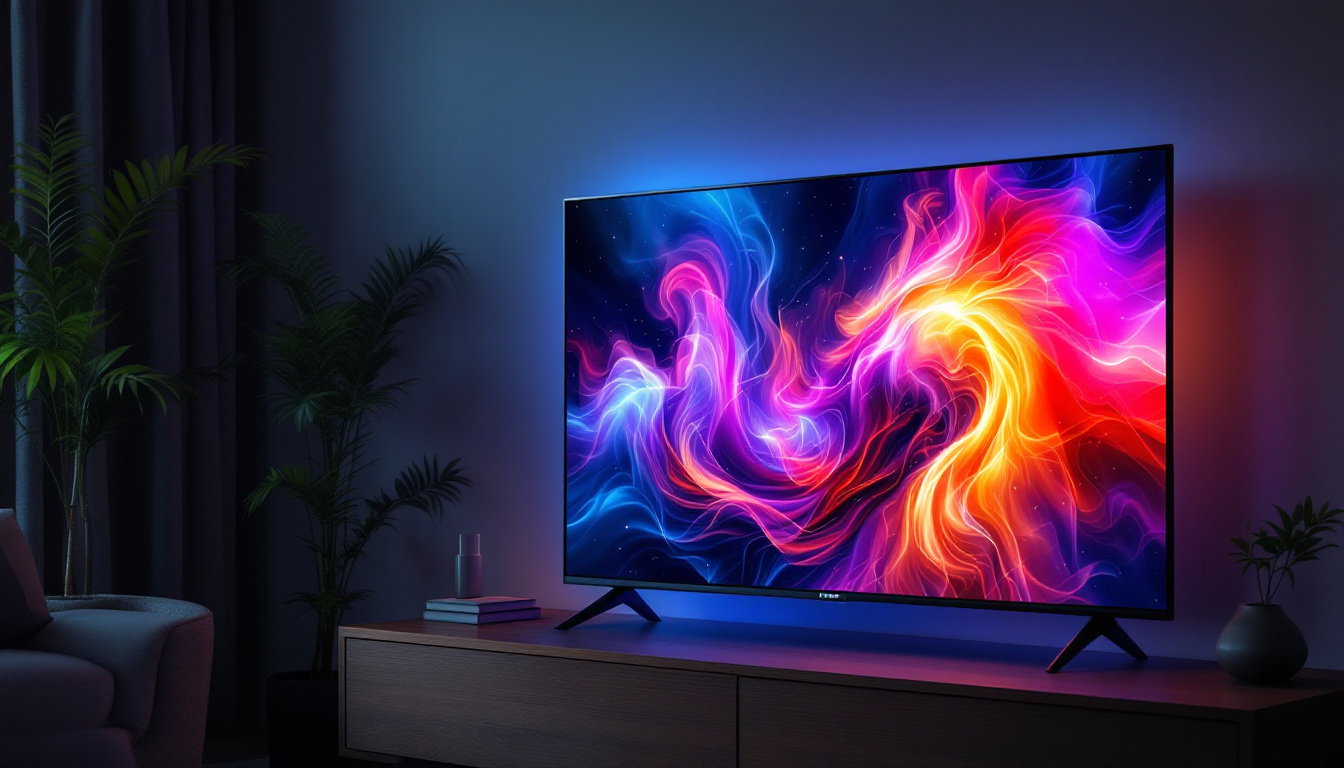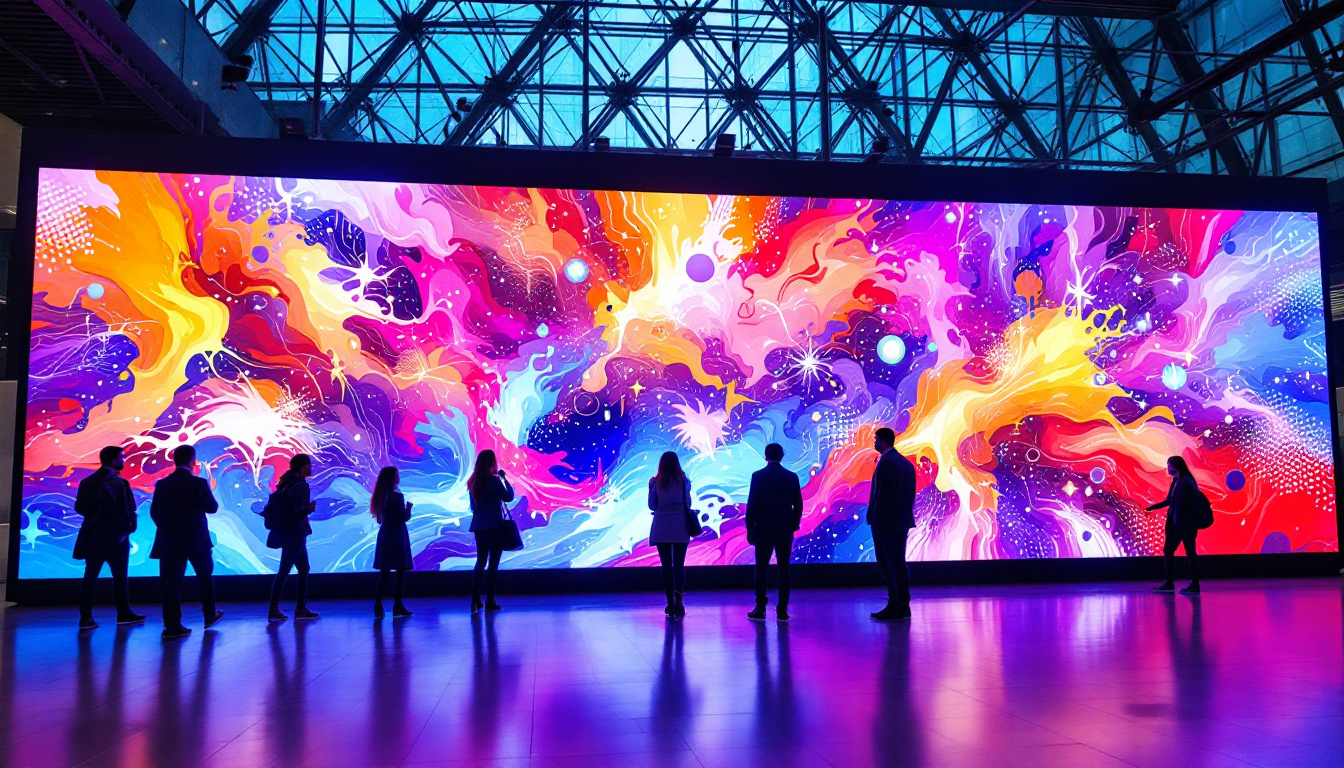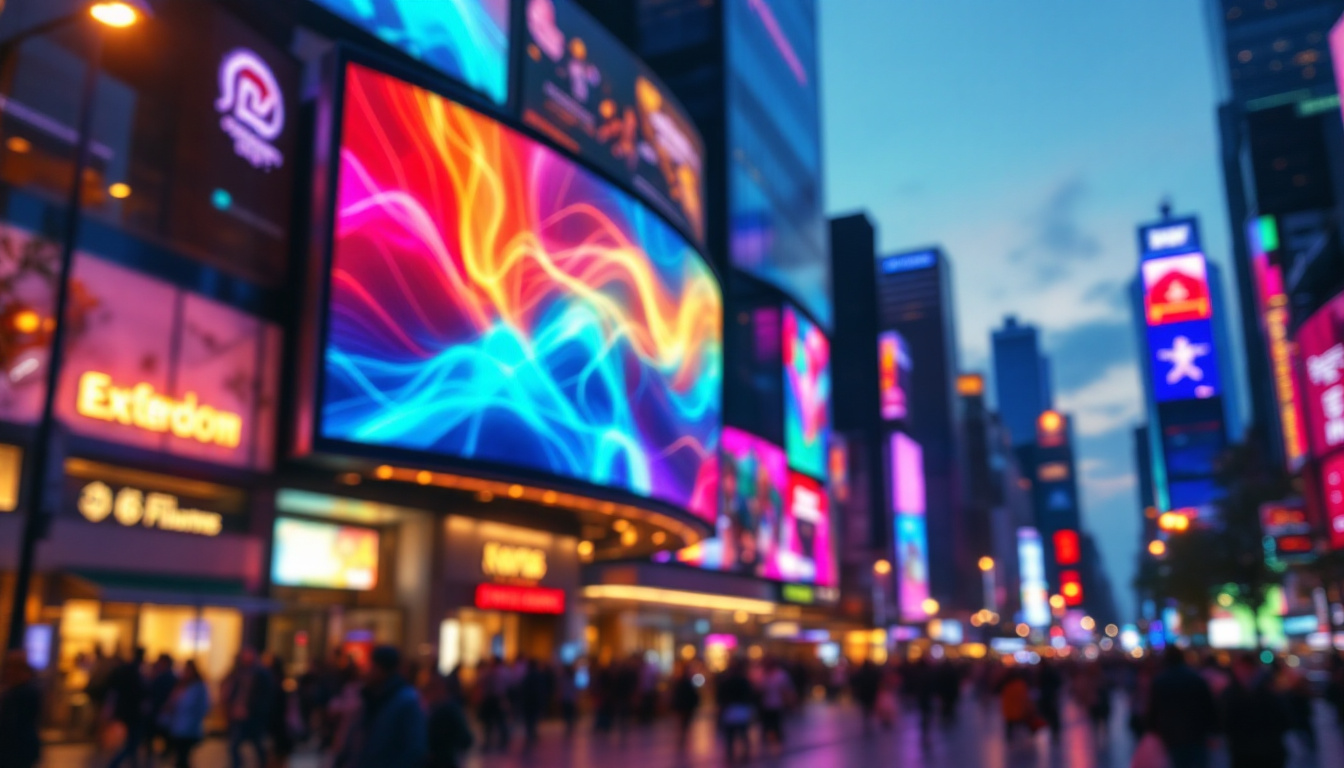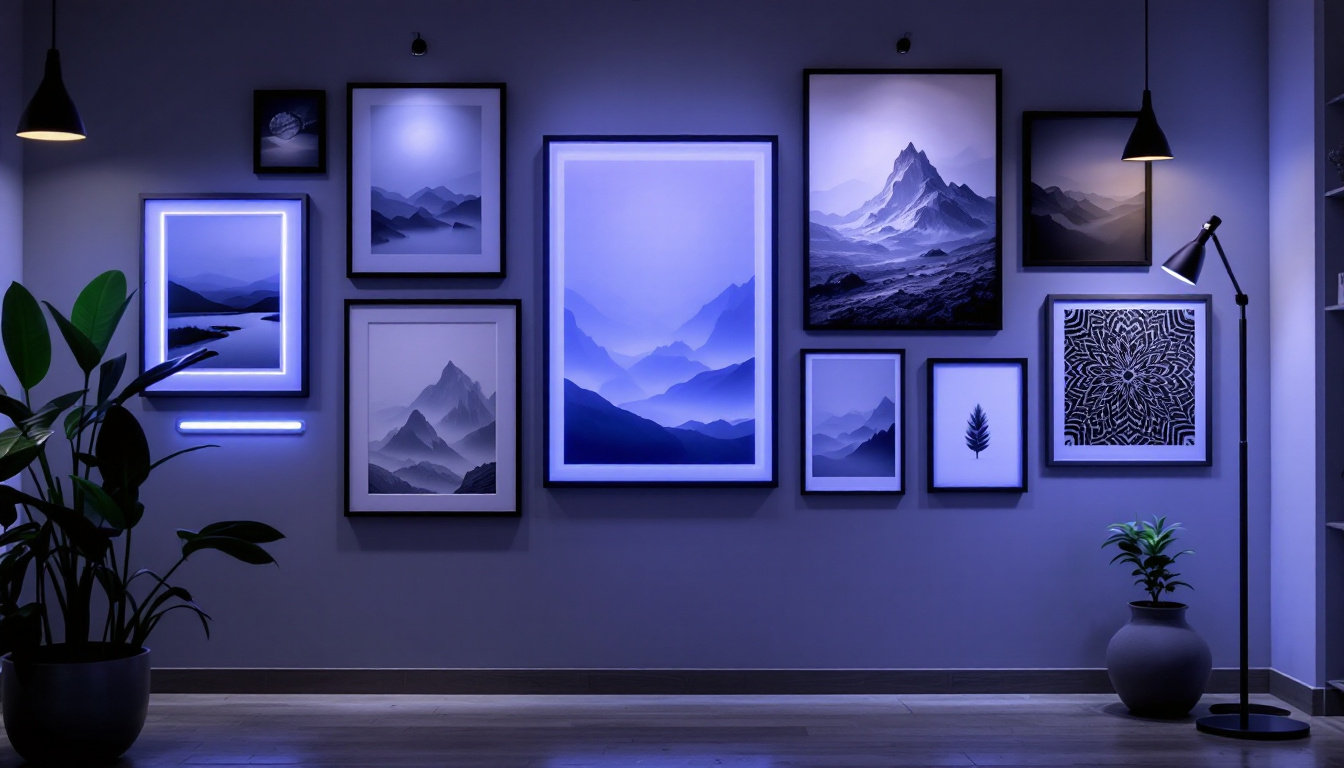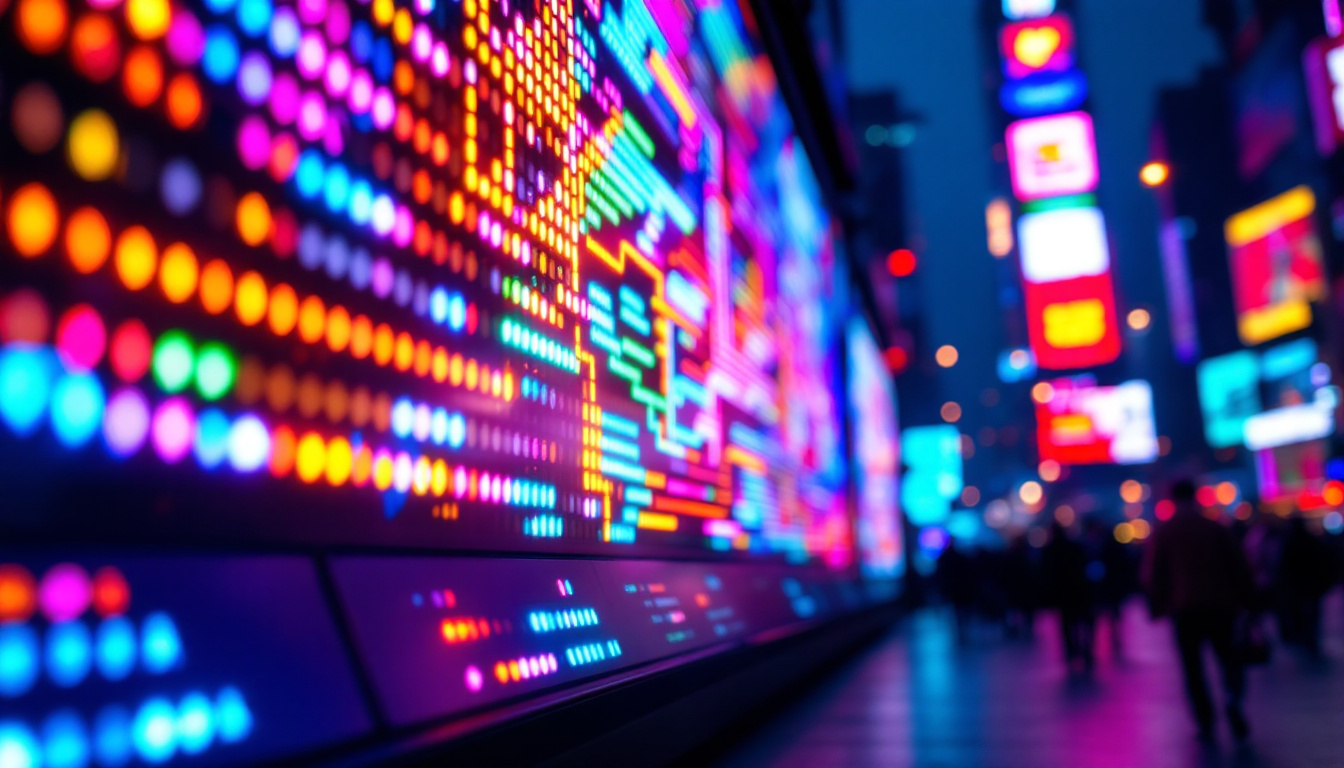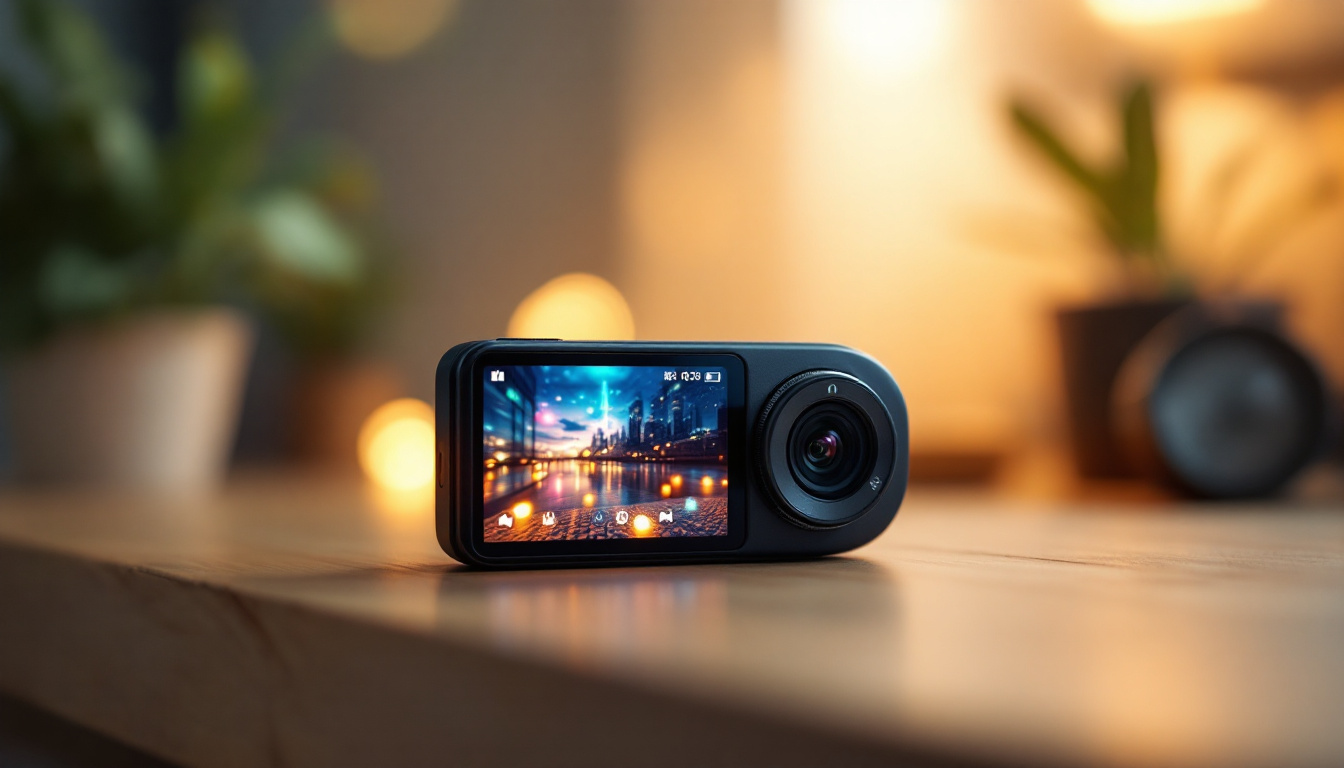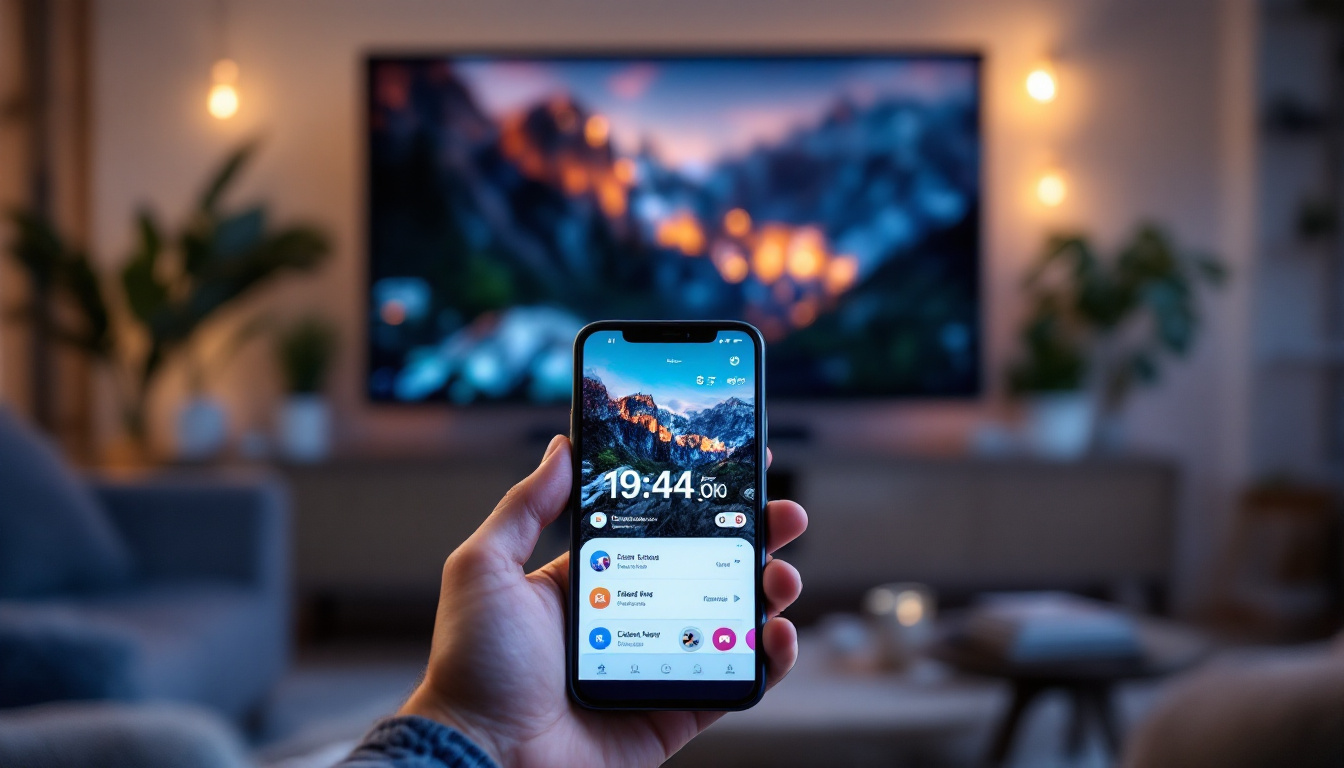In the realm of visual technology, the projector black wall concept has gained significant traction, particularly with the advancement of LED displays. This article delves into the intricacies of projector black walls, exploring their functionality, benefits, and the technology behind LED displays. Understanding these elements can enhance the viewing experience, whether for home theaters, presentations, or public displays.
Understanding the Projector Black Wall Concept
The term “projector black wall” refers to a specialized surface designed to optimize the projection of images and videos. Unlike traditional white screens, black walls absorb ambient light, resulting in improved contrast and color accuracy. This concept is particularly beneficial in environments where lighting cannot be easily controlled. By utilizing a projector black wall, users can transform any space into a more dynamic viewing area, making it an attractive option for both casual and professional settings.
The Science Behind Black Surfaces
Black surfaces work on the principle of light absorption. When a projector casts an image onto a black wall, the darker surface minimizes the reflection of ambient light. This leads to deeper blacks and more vibrant colors, enhancing the overall image quality. The effectiveness of a black wall is particularly noticeable in rooms with significant light interference. Furthermore, the materials used in creating these walls can vary, with some incorporating special coatings that further enhance their light-absorbing properties. This scientific approach to projection surfaces not only improves visual fidelity but also allows for a more comfortable viewing experience, reducing eye strain during extended use.
Applications of Projector Black Walls
Projector black walls are versatile and can be utilized in various settings. In home theaters, they provide an immersive viewing experience by enhancing contrast and color depth. In corporate environments, they can elevate presentations by ensuring that visuals are sharp and clear, even in brightly lit rooms. Additionally, educational institutions can benefit from this technology, making lessons more engaging and visually appealing. Beyond these conventional uses, projector black walls are increasingly being adopted in art installations and galleries, where artists can project their work onto these surfaces to create striking visual displays that captivate audiences. This innovative application not only showcases the artwork in a unique light but also challenges traditional perceptions of projection and display in creative spaces.
LED Displays: An Overview
LED (Light Emitting Diode) displays have revolutionized the way visuals are presented. These displays utilize an array of tiny LED lights to create images, offering several advantages over traditional projection methods. Understanding the fundamentals of LED technology is essential to appreciate its integration with the projector black wall concept. The versatility of LED technology has led to its widespread adoption in various sectors, from advertising to entertainment, showcasing its ability to adapt to different environments and requirements.
How LED Displays Work
LED displays consist of numerous individual light-emitting diodes that work together to produce images. Each diode can emit different colors, allowing for a wide range of hues and brightness levels. The arrangement of these diodes can vary, leading to different types of LED displays, such as direct view and backlit screens. The technology ensures that images are bright and vibrant, making them ideal for various applications. Furthermore, advancements in LED technology have introduced features such as pixel pitch adjustments, which allow for higher resolution displays, enhancing the viewing experience in both large venues and intimate settings.
Benefits of LED Displays
One of the primary advantages of LED displays is their energy efficiency. They consume less power compared to traditional projection systems, making them environmentally friendly and cost-effective. Additionally, LED displays offer longer lifespans, reducing the need for frequent replacements. Their ability to maintain image quality in varying lighting conditions further enhances their appeal for both commercial and personal use. Beyond these practical benefits, LED displays also provide superior contrast ratios and color accuracy, which are crucial for applications such as digital signage and high-definition video presentations. This capability not only captivates audiences but also ensures that the intended message is conveyed with clarity and impact, making LED displays a preferred choice for marketers and content creators alike.
Combining Projector Black Walls with LED Technology
The integration of projector black walls with LED technology creates a powerful combination that enhances the viewing experience. This synergy allows users to maximize the benefits of both technologies, resulting in superior image quality and versatility.
Enhanced Image Quality
When an LED projector is used in conjunction with a black wall, the results are striking. The black surface absorbs unwanted light, allowing the vibrant colors produced by the LED display to shine through without interference. This combination results in images that are not only brighter but also more defined, providing a cinematic experience that is hard to replicate with traditional screens. Furthermore, the contrast levels achieved with this setup are significantly improved, making darker scenes richer and more immersive. Viewers can appreciate the nuances in shadow detail that would otherwise be lost on lighter surfaces, enhancing the overall storytelling aspect of films and presentations.
Versatility in Different Environments
Projector black walls paired with LED technology are adaptable to various settings. Whether in a dimly lit home theater or a brightly lit conference room, this combination ensures that visuals remain impactful. The ability to maintain clarity and vibrancy in different lighting conditions makes it an attractive option for businesses, educators, and home users alike. In educational environments, for instance, the use of projector black walls can facilitate engaging lessons by allowing teachers to present multimedia content that captures students’ attention. Additionally, in corporate settings, the combination can transform standard presentations into dynamic visual experiences, fostering better communication and retention of information among attendees. The flexibility of this technology also extends to outdoor events, where portable setups can be quickly assembled to deliver stunning visuals even in challenging lighting scenarios.
Considerations for Setting Up a Projector Black Wall
While the benefits of a projector black wall and LED display combination are clear, several factors must be considered for optimal setup. Proper installation and environmental factors play crucial roles in achieving the best results.
Choosing the Right Wall Material
The material of the wall is critical in determining the effectiveness of the projector black wall. Specialized paints and materials designed for projection can enhance image quality. These materials are formulated to absorb light effectively, ensuring that the projected images are sharp and vibrant. It’s essential to select a wall surface that complements the LED projector being used. Additionally, consider the texture of the wall; a smooth surface will generally yield better results than a rough one, as it minimizes distortion and allows for a more uniform projection. Some users may opt for a dedicated projection screen that can be mounted on the wall, providing an even better surface for image clarity.
Lighting Conditions
Lighting plays a significant role in the performance of both the projector black wall and the LED display. While black walls are designed to absorb ambient light, controlling the overall lighting in the room can further enhance the viewing experience. Dimming lights or using blackout curtains can create an ideal environment for projection, ensuring that the images remain clear and impactful. Furthermore, consider the placement of light sources in relation to the projector. Avoiding direct light on the projected image can prevent washout and preserve the vibrancy of colors. Utilizing LED lighting with adjustable brightness can also help in fine-tuning the ambiance, allowing for a more immersive experience during presentations or movie nights.
Projector Placement
Another crucial aspect to consider is the placement of the projector itself. The distance between the projector and the wall can significantly affect the size and quality of the image produced. It’s important to calculate the throw ratio of your projector to determine the ideal distance for optimal image size without sacrificing clarity. Additionally, the height at which the projector is mounted can influence the angle of projection, potentially leading to keystone distortion. Using a projector mount that allows for adjustments can help achieve the perfect alignment, ensuring that the image is not only large enough but also perfectly rectangular, enhancing the overall viewing experience.
Future Trends in Projector Technology
The world of projection technology is continually evolving, with innovations that promise to enhance the viewing experience even further. As LED technology advances, the integration with projector black walls is likely to become more sophisticated.
Advancements in LED Technology
Future developments in LED technology may lead to even brighter and more efficient displays. Innovations such as microLED and OLED technologies are on the horizon, offering improved color accuracy and contrast ratios. These advancements could further enhance the effectiveness of projector black walls, making them an even more attractive option for various applications.
Smart Integration
As the trend towards smart home technology continues, the integration of projectors and displays with smart systems is likely to increase. This could allow for automated adjustments of lighting and projection settings based on user preferences or environmental conditions. Such advancements would streamline the user experience, making it easier to achieve optimal viewing conditions.
Conclusion
The projector black wall concept, when combined with LED display technology, offers a unique solution for enhancing visual experiences. By understanding the science behind black surfaces and the advantages of LED displays, users can create environments that maximize image quality and vibrancy. As technology continues to evolve, the possibilities for projector black walls and LED displays are boundless, paving the way for more immersive and engaging visual experiences.
Incorporating these technologies into various settings—be it home theaters, corporate environments, or educational institutions—can significantly elevate the quality of presentations and entertainment. As the demand for high-quality visuals grows, embracing the projector black wall and LED display combination will undoubtedly lead to more dynamic and impactful experiences.
Discover LumenMatrix’s Advanced LED Solutions
Ready to elevate your visual experience with the cutting-edge technology discussed in this article? LumenMatrix, a pioneer in LED display innovation, offers a comprehensive range of LED solutions tailored to your needs. From immersive Indoor LED Wall Displays to dynamic Outdoor LED Wall Displays and beyond, our products are designed to captivate your audience and amplify your message. Embrace the future of visual communication with LumenMatrix and transform any space into a vibrant canvas of endless possibilities. Check out LumenMatrix LED Display Solutions today and see the difference for yourself.

